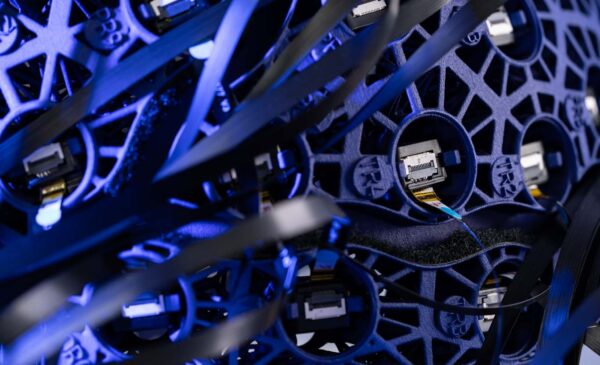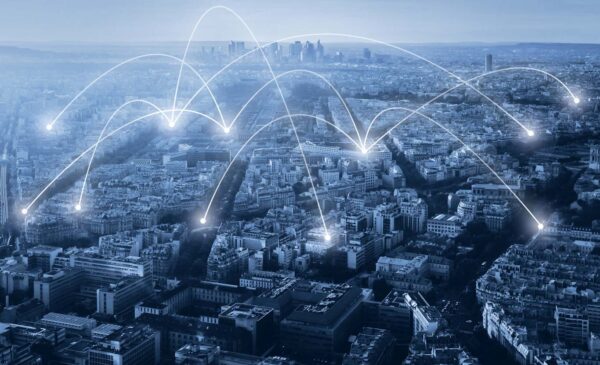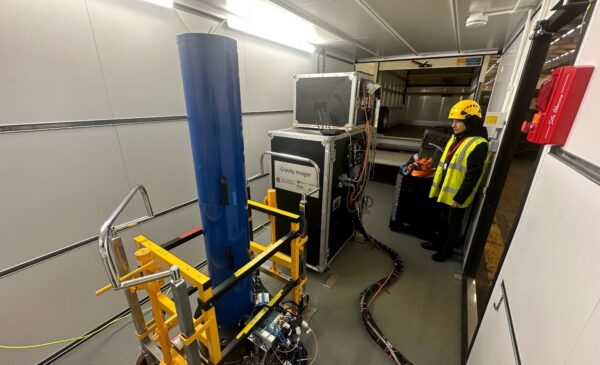A new class of optical clocks are set to revolutionize timekeeping by offering a level of precision that significantly exceeds standard atomic clocks, say leading experts at the UK Quantum Technology Hub Sensors and Timing, which is led by the University of Birmingham.
These new so-called optical lattice clocks can be used to test the limits of gravity to a high level of precision and also enable further study of the Earth’s geodesy, comment Dr Yeshpal Singh and Professor Kai Bongs in an article published in Nature.
In the article, Dr Singh and Professor Bongs discuss how Albert Einstein’s general theory of relativity, which explains gravity as a “consequence of the curvature of space-time that is deformed by mass”, has been held as the “best theory of gravity we currently have” since it was published in 1915.
Dr Singh, of the University of Birmingham’s School of Physics and Astronomy and academic lead for quantum clocks at the UK Quantum Technology Hub Sensors and Timing, said: “It has not yet been possible to unify the theory of relativity with quantum field theory, meaning that there is not yet a complete theory of nature”.
“For instance, dark energy and dark matter – subjects used to describe observations of an accelerating expansion of the Universe contradicting predictions from Einstein’s theory – remain unexplained.
“So how do we develop more precise tests of relativity? At the Quantum Technology Hub, my team and I are working closely with industry to develop portable, robust quantum clocks, which aim to give ultra-precise, ultra-accurate time to more than one billionth of a second.
“These clocks, along with the rest of the sensor technology in development at the Hub, are specifically being created to be robust and transportable, capable of performing in deployable conditions. Once developed, quantum clocks can be implemented in a number of sectors, such as in finance, navigation, and even space.”
Optical Lattice clocks were first proposed by Professor Hidetoshi Katori at the University of Tokyo in the early 2000s. They store atoms tight enough to remove unwanted Doppler frequency shifts, hence allowing long interrogation times, and not interfering with the frequency of the clock transition.
The clocks will also present an opportunity to test general relativity and geodesy. This will be done by placing clocks at differing heights to determine the geoid height via a frequency comparison between the clocks, providing competition with the best geophysical approaches.
One example is the recent breakthrough by Professor Katori and his team, when two portable, robust optical clocks were created, with precision surpassing many of the best clocks available in the world. A six-month long measurement campaign was undertaken to achieve results comparable with the “best space tests of general relativity, and open[ing] up fascinating new applications on Earth using such clocks”.
Professor Katori and his team’s impressive achievement, and the potential of optical lattice clock projects all over the world, paves the way for exciting industrial collaboration with researchers at the Quantum Technology Hub to revolutionise oil and mineral exploration, ultra-precise satellite navigation systems and performing time synchronization for quantum communication networks.




